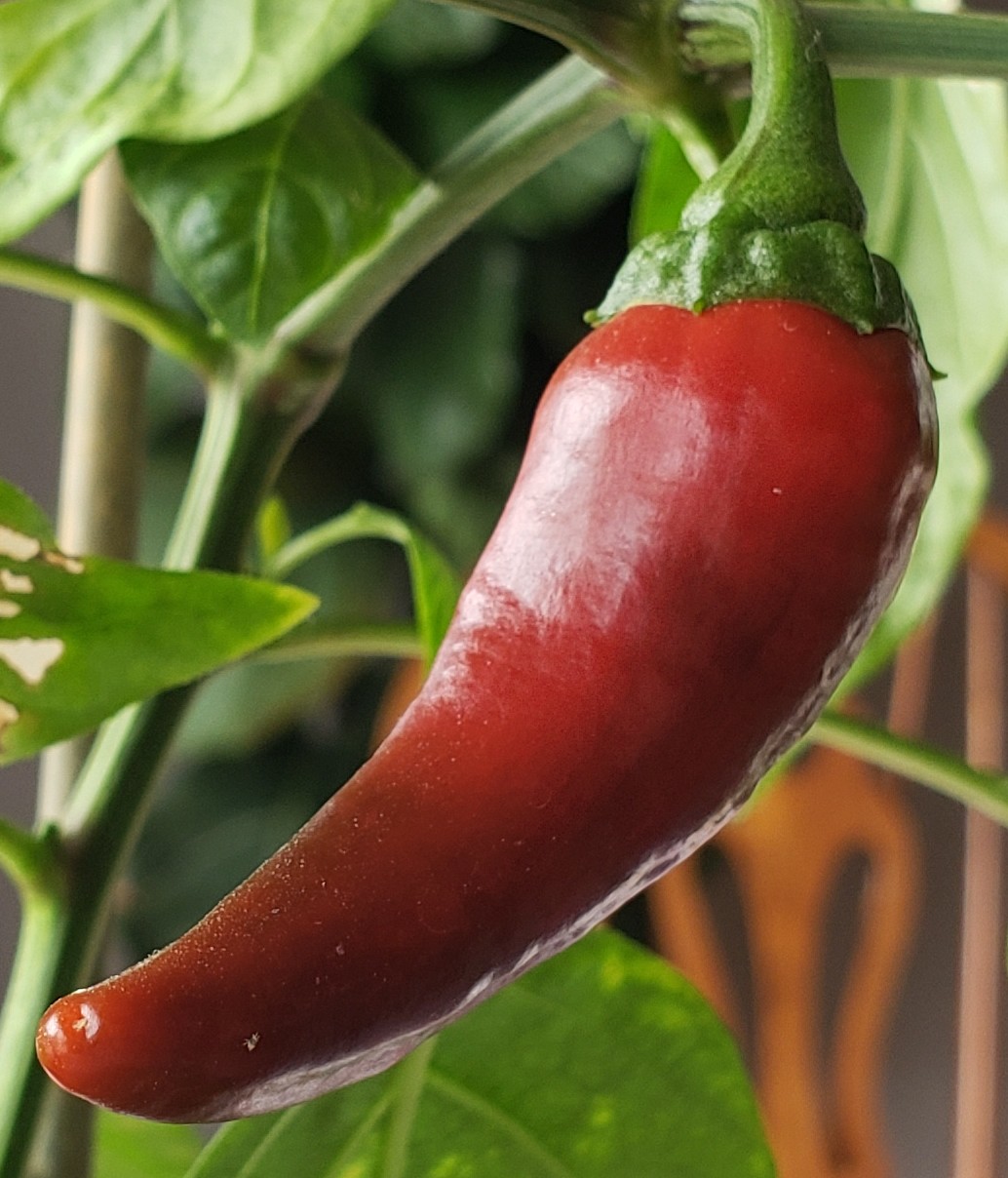i'm trying to improve the soil quality in my yard, it's hard and clay-like and roots have a hard time going down below like 4 cm. i have cow patties, rice hulls, rinsed coco coir and some cardboard.
currently the plan has been to mix up the patties and rice hulls and bury that below ground (completed already), then mulch with the coir + hulls + patties, then finally cover with cardboard. the yard is small so not much cardboard involved. i'm growing cucumbers, tomatoes, peppers, eggplants and beans this year, they should have been in the ground already but i wanted to grow from seed and my cats got to the sprouts. so i gotta get new ones ![]()
please tell me what i am missing or what i could do better.
it seems to me like you've done a lot for this season, in terms of soil conditioning. clayey soils are the most prone to compaction problems, so avoid working/tilling or even walking on the managed area when it's wet. a decent guide for this is grabbing a clump of soil and forming it into a ball with your hand. if any of it sticking to your skin, it's too wet. if it forms into a ball without breaking apart, it's too wet. a lot of yards have compaction problems, because people do wack shit with yards. like park vehicles on them and christ knows what happened during home construction with heavy equipment and disturbance of layers etc.
you could try cover cropping a bed area with a tillage raddish late season, like a month before your first frost. so you have time to find a source and ship and look up resources. the high seeding rate for a 10'x10' area is less than an ounce, so you could get pretty wild with a 1lb bag. getting wild with cover crops is fun, imo. because you get to see stuff grow and it's doing work.
soil issues take time to correct, because it's basically its own highly complex biome and its stewardship mostly about provisioning resources for the microbial activity to happen. you're just showing up with the concrete mix. they build and live in the city.
The secret to improving soil quality is typically "incorporate organic material"
Heavy clay that doesn't drain? Add organic material
Sandy soil that doesn't retain water? Add organic material
An overwintering crop like buckwheat can bust through heavy clay and you can till it in the spring for a boost of green manure
You'll want to be careful to not work heavy clays too early while they're still very wet, this can wreck the soil structure that You've been working so hard to improve by adding organic material
Raised beds can be an excellent solution as well
i wanted to do a lasagna bed but shit went off the rails and now my yard is comprised of a poop/rice hull/clay slurry with some leaf compost here and there
i don't believe this will be too much of an issue but i'm not 100 percent on this so i am asking here in case anyone has fucked up in a similar fashion and has any experience to contribute regarding tilling and mulching with almost 100% green material
I'm less of a fan of hugelkultur beds outside of specific applications.
Tbh they are very nitrogen hungry and depending on how you've established them it can be a pain to grow things that have a deeper root system.
If you know what you're doing with them or you have an overabundance of logs, especially if you're dealing with large amounts of land, then go wild. But I think that you can get to the end result of hugelkultur beds quicker or more simply via other means.
If the end goal of hugelkultur is a loamy soil which is high in microbial/mycorrhizal activity then the quick route is to achieving that is by a more intensive route, which is applicable for a small scale backyard garden.
I'd be getting wood chips and/or sawdust and either burying them under a decent layer of soil or, better yet, I'd inoculate the wood waste with oyster mushroom mycelium to encourage the rapid decomposition of the lignin in the wood and making a large open-air mushroom bed. Because this will be breaking down quickly it will be stupidly thirsty for nitrogen but that's where the right manures and pissing in your garden is going to make a big difference. I'm unconvinced that chop-and-drop is really effective however.
The downside of this approach is that it's going to be difficult to grow plants in (except perhaps getting a lush harvest of oyster mushrooms, I guess?) but this can be mitigated by digging trenches, filling it with compost and suitable soil media, and growing in designated spots. This requires more effort but for a couple of years of mucking around with this, you'll end up getting to the end point much quicker and because you have used wood waste rather than logs for a hugel, you have the ability to dig down and create small pockets of ideal soil conditions for growing in while you're waiting for the wood to break down.
In-situ worm farming is really ideal in this application too.
To either expedite this process or to augment it, either for top-dressing the soil, for creating the trenches for growing, etc. or for dealing with excess wood waste I'd be making a Johnson-Su bioreactor if space permits.
Caveats that certain types of wood can leach compounds into the soil - yes "chemicals" - that may inhibit the growth of nearby plants. Either sourcing the right wood or using plenty of water regularly while also understanding that the next couple of years of gardening is just going to be a bit of a gamble is necessary here.
Also be careful digging trenches into heavy clay soil if your region has high rainfall or it's prone to bouts of torrential rain as the trenches can create sinks that fill up with water so ymmv.
Great advice about daikon radishes etc. if I wanted to amend heavy clay soil I'd be going for that every time.
the lasagna bed is what i was aiming for, but due to how my yard is set up it's difficult to get more than like 2-3 layers without needing a raised bed to keep the dirt from spilling out onto tiles/patio. to get around this i ended up doing a lot of digging to get the manure/rice hull mix into the ground, but ultimately things did not go quite as planned and i basically just ended up digging up most of my yard and burying a lot of poop underneath. i'm not sure what to do next, i could just stick to the plan and keep mulching with a poop/rice/coir/dirt mix and cover with cardboard, but i'm worried about smells and bugs when summer really starts rolling in. also the dirt is way too elevated without even mulching and will definitely start spilling over into the rest of the yard if i mulch.
Put in sun-flowers.
They're easy to grow and you can't fuck them up.
Sounds like it's really heavy clay.
If you aren't planning on building a cob structure with it then I would follow the basic steps for gypsum amendment first because, although there are a lot of other good ideas in the comments here, if your soil is akin to a block of pottery clay then it's still going to be really dense and difficult to manage until you can outweigh the clay with compost and manure, which might well require a huge amount of compost and a huge amount of effort to work it in.
Gypsum will make the soil more friable and better at drainage. That's going to make life easier for when you want to work other amendments into the soil later on.
Depending on the type of clay you may want to change the Ph. The clay where I am is crazy acidic like a 4.5-5. I drop a ton of hydrated lime in it and lots of organic matter. Beans and peppers will want a higher PH than your tomatoes and eggplant.
Loosen the soil a bit with a potato fork and water in some compost. A bit of charcoal (to promote soil microbiota, no ash, not chemically treated) might be good as well.
Plant larger taproots amongst your other stuff. You can harvest a few but leave most of them in the soil to grow the full season and then decompose.
That's about in-line with what I'd do. The best you can really do to improve soil quality long term is till in compost and aerate.








